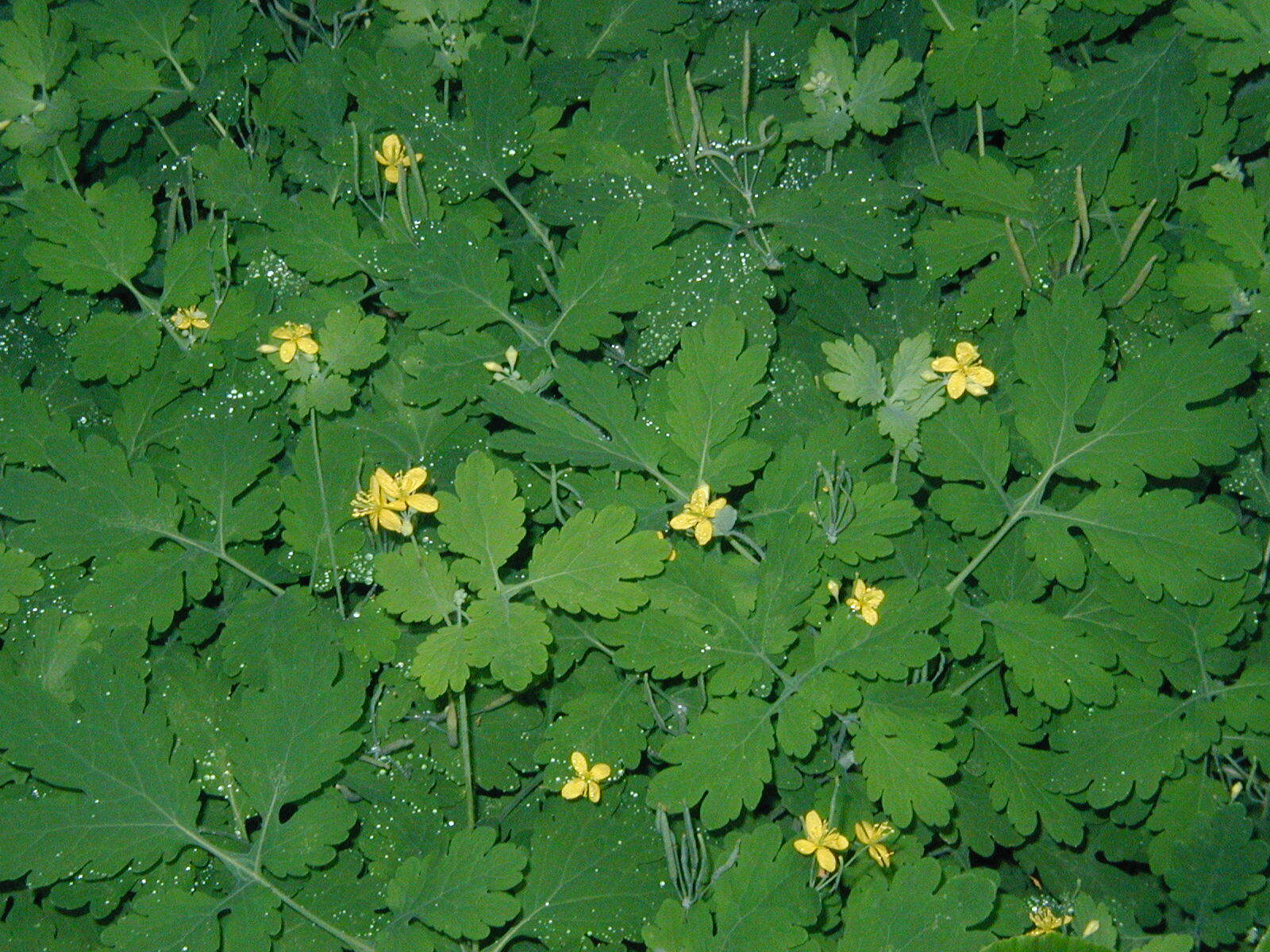
Greek chelidon—swallow; it is a traditional European belief that the flowers open when the swallow returns from migration and die when they fly off again.
Herbaceous perennials. Sap yellow-orange, irritatant. Leaves deeply dissected, long stalked. Flowers yellow, about 1.5 cm wide in few-flowered clusters, the buds pear-shaped. Sepals 2, free. Petals 4, obovate. Stamens numerous. Stigma 2-lobed, style short; spring. Carpels 2, united. Ovary 1-chambered. Fruit a cylindrical capsule.
Plants may self-seed and become weedy; not recommended.
Seed or division.
Deeply dissected basal and stem leaves; flowers yellow, about 1.5 cm wide; capsules held erect when mature.
1 species from temperate and subarctic Europe and W Asia.
Source: (1997). Papaveraceae. In: . Horticultural Flora of South-eastern Australia. Volume 2. Flowering plants. Dicotyledons. Part 1. The identification of garden and cultivated plants. University of New South Wales Press.
